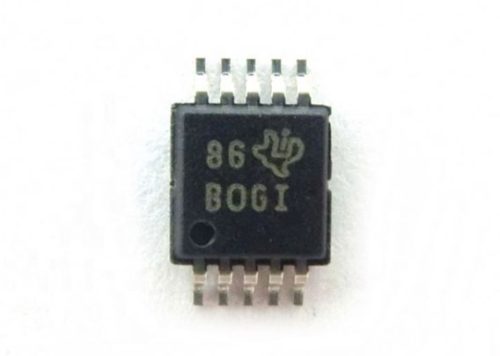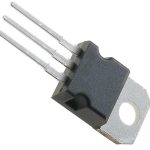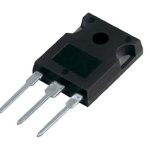Are you looking for a high-precision analog-to-digital converter (ADC) to measure small differential voltage signals accurately? Look no further than the ADS1115IDGSR. In this comprehensive guide, we will dive into the world of ADS1115. Come on and read now!
What is ADS1115?
The ADS1115 is a precision analog-to-digital converter (ADC) developed by Texas Instruments. It is specifically designed as a current sensor and offers high accuracy in converting analog signals into digital data.
What is ADS1115 used for?
ADS1115 is primarily used for measuring small differential voltage signals, making it suitable for applications where precise current sensing is required. It is commonly employed in fields such as industrial automation, power monitoring, battery management systems, and environmental monitoring.
How does ADS1115 work?
The ADS1115 works by using an internal programmable gain amplifier (PGA) to amplify the differential voltage across the input pins. It then samples this amplified voltage and converts it into a digital value using its built-in 16-bit ADC. The conversion process is controlled through the I2C interface, allowing easy communication with microcontrollers or other digital devices.
How accurate is ADS1115?
The ADS1115 is known for its high accuracy. It offers a resolution of up to 16 bits, meaning it can provide a range of 65,536 discrete values for the measured voltage. Additionally, it has a low noise level, ensuring minimal interference during measurements. The accuracy of the ADS1115 is typically within ±0.25% of the full-scale range, which makes it suitable for applications that require precise current sensing.

What is the cost of ADS1115?
The cost of the ADS1115 can vary depending on the supplier and quantity purchased. On average, it is priced between $3 to $7 per unit, making it a cost-effective choice for many applications considering its performance and features. You can reference the price table below:
| Quantity | Price |
|---|---|
| 1+ | $6.00 |
| 10+ | $5.40 |
| 100+ | $4.42 |
| 250+ | $4.20 |
| 500+ | $3.77 |
| 1000+ | $3.18 |
What is the difference between ADS1115 and ADS1015?
The main difference between the ADS1115 and ADS1015 lies in their number of channels and sample rates. The ADS1115 has four differential input channels, allowing it to measure up to four different voltages simultaneously. On the other hand, the ADS1015 only has one differential input channel.
In terms of sample rate, the ADS1115 offers a maximum sample rate of 860 samples per second (SPS), while the ADS1015 has a maximum sample rate of 3300 SPS. Therefore, if multiple channels or higher sample rates are required, the ADS1115 would be the preferred choice.
Special Model: ADS1115IDGSR
Introduce
ADS1115IDGSR is a specific variant of the ADS1115 precision analog-to-digital converter (ADC) manufactured by Texas Instruments. It is suitable for space-constrained applications. The “IDGSR” part of the name indicates the package type and manufacturing details.
The ADS1115IDGSR offers several features that make it a popular choice for measuring small differential voltage signals accurately. It has four differential input channels, labeled A0 to A3, which allow for the measurement of multiple voltage sources simultaneously. Each channel has its programmable gain amplifier (PGA) with selectable gains ranging from 2/3x to 16x. This flexibility enables the ADC to handle a wide range of input voltages, from very small to relatively large signals.
PCB symbol and footprint


Datasheet
Click the picture listed below to get more useful information now!
How to use ADS1115?
To use the ADS1115IDGSR, you need to follow these steps:
- Step 1: Power the ADS1115IDGSR: Connect the VDD pin to a power supply providing a voltage between 2.0V and 5.5V. Make sure to connect the GND pin to the ground of the power supply.
- Step 2: Configure the input: Set the appropriate configuration register to select the desired input channel, gain, and operating mode. This can be done by sending the corresponding I2C commands to the ADS1115IDGSR.
- Step 3: Read the conversion results: Once the ADS1115IDGSR is configured, you can initiate conversions by sending the start command. Wait for the conversion to complete, and then read the converted digital value from the ADC’s output registers.
- Step 4: Interpret the results: The digital value obtained from the ADC represents the measured voltage. You can use the formula provided in the ADS1115 datasheet to convert the digital value into a voltage reading based on the selected gain.
Conclusion
In conclusion, the ADS1115IDGSR is a powerful and versatile precision ADC that opens up a world of possibilities for accurate voltage measurements. Its multiple input channels, programmable gain amplifiers, and high-resolution output make it an ideal choice for various applications such as industrial automation, power monitoring, and battery management systems.




